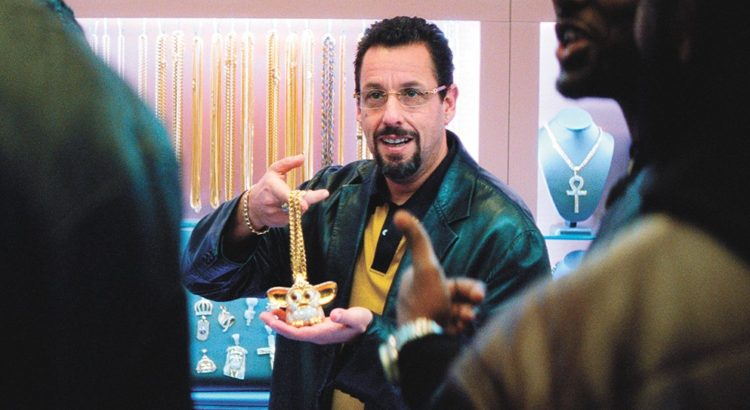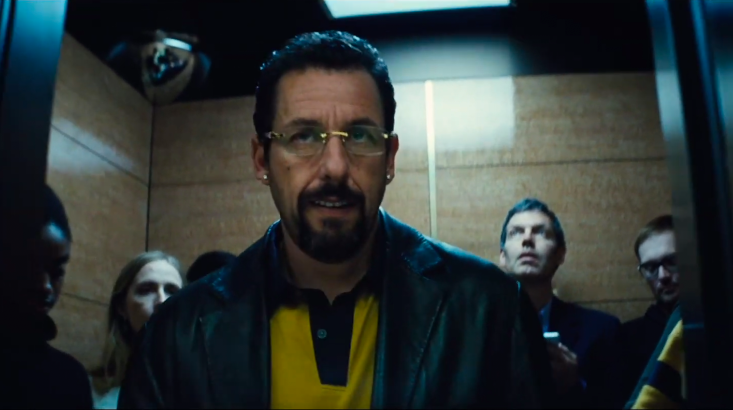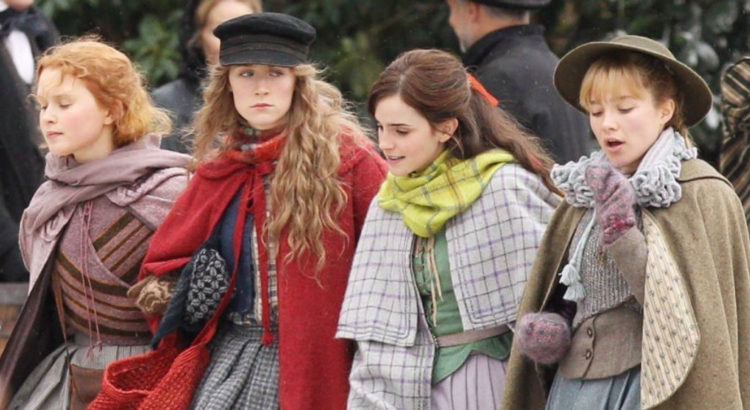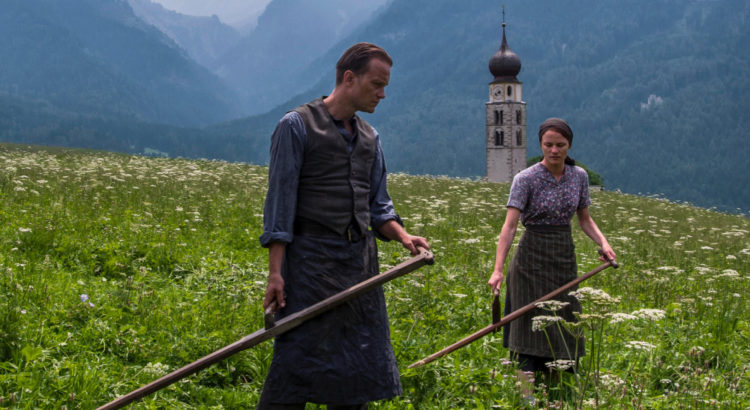Watching Uncut Gems is like watching a car crash in slow motion. The film follows Howard, a relentless gambler played by Adam Sandler, as he races in, out, and around New York City to maintain his constant state of stress (and euphoria). As the stakes rise, we as an audience realize that this is no redemption story; it’s a realistic story.
The Safdie Brothers’ recent films have been experiences I am grateful for, but also experiences that I never want to have again. The film bears witness to Howard’s fatal flaw over and over, costing him his family, friends, and often dignity. Grisly imagery and unsavory settings are used to play off of Howard’s state of mind–and are portrayed in surprisingly beautiful and complex ways. I found myself in love with the visual and metaphorical concept of a shady jewelry shop, complete with fluorescent lighting and a glass double door requiring two buzzes for entry.
Adam Sandler, to me, has always double life when it comes to his career. Moving between thoughtful films like The Meyerowitz Stories and disquieting projects like Jack and Jill, Sandler puzzled me. Uncut Gems almost feels like the convergence of these two sides of his work–in the best way. His performance includes both his nuanced emotive skills and his somewhat slimy persona. He slides into character, donning the jewelry and slim sunglasses to become this larger-than-life yet pitiably weak figure. His work is amplified with equally impressive performances from Julia Fox, Idina Menzel, and Kevin Garnett(! An athlete in a film with Adam Sandler that has a purpose other than pulling tickets!).
Some stray thoughts include: 1. I loved being reminded intermittently that the film took place in 2012. The highly 2012-ish details (like an IPhone’s dated messaging design) were fun to watch. 2. I’m not sure why The Weeknd is in this other than maybe being friends with the Safdie Brothers? I suppose creating a fake celebrity would detract from stray thought #1, but it still felt off and not necessary in the same way Kevin Garnett playing himself was. 3. I won’t lie, I really could have done without watching a colonoscopy.
Uncut Gems is a heart attack worth having. I highly encourage both Adam Sandler fans and haters to see what is sure to be a contender this awards season.









